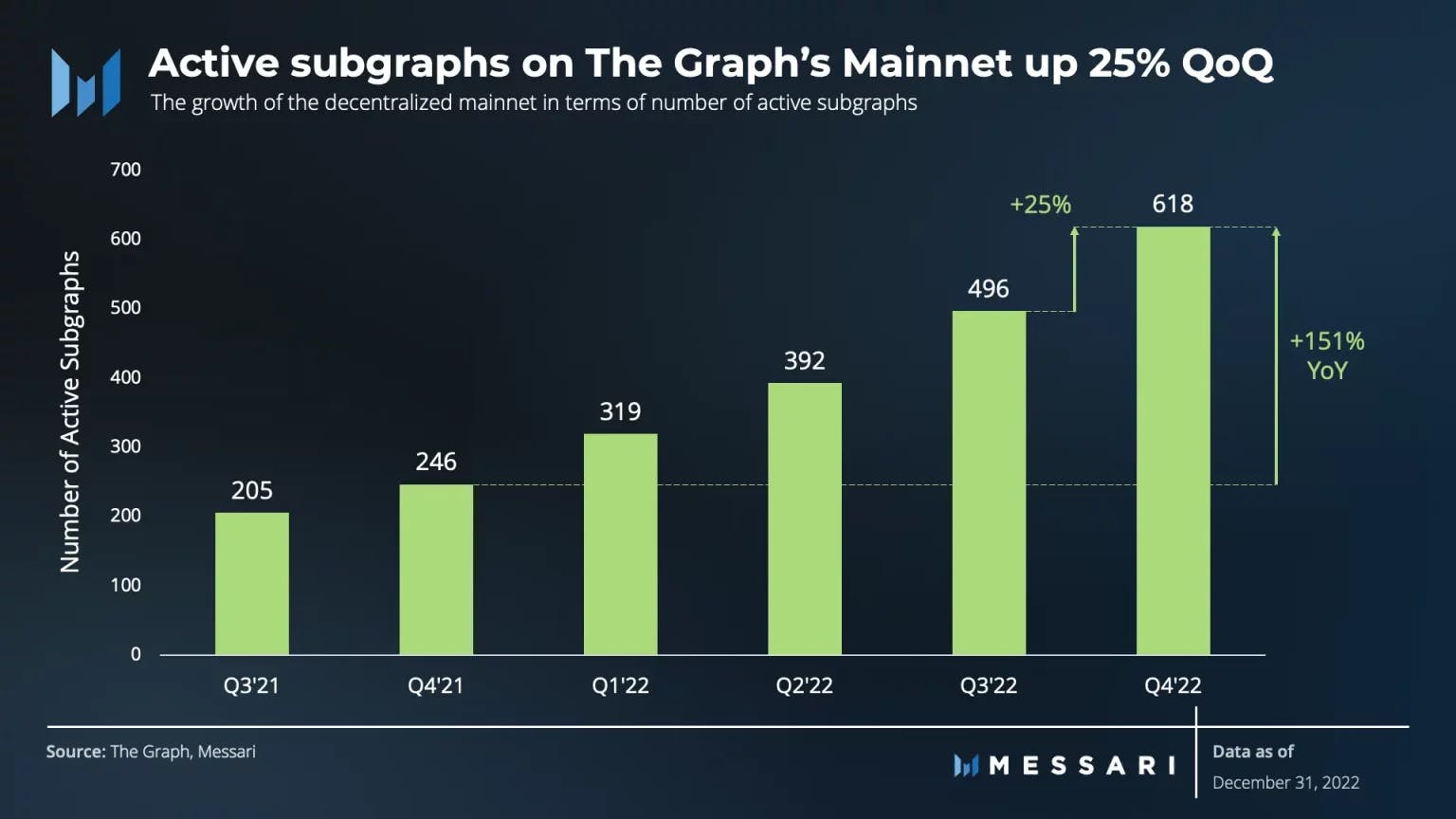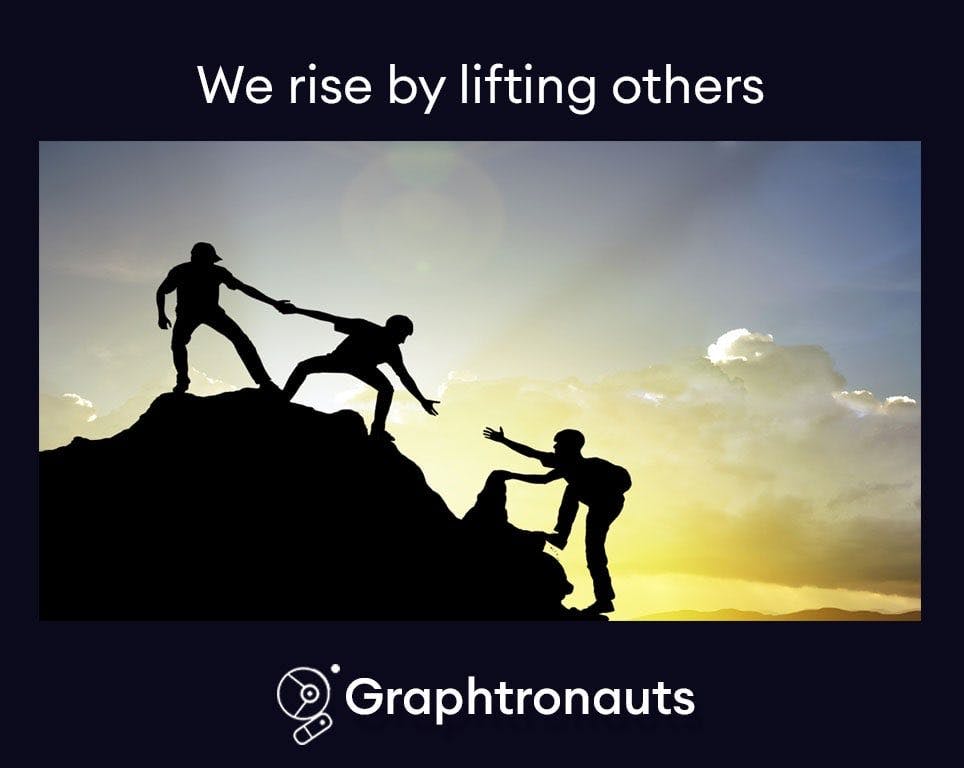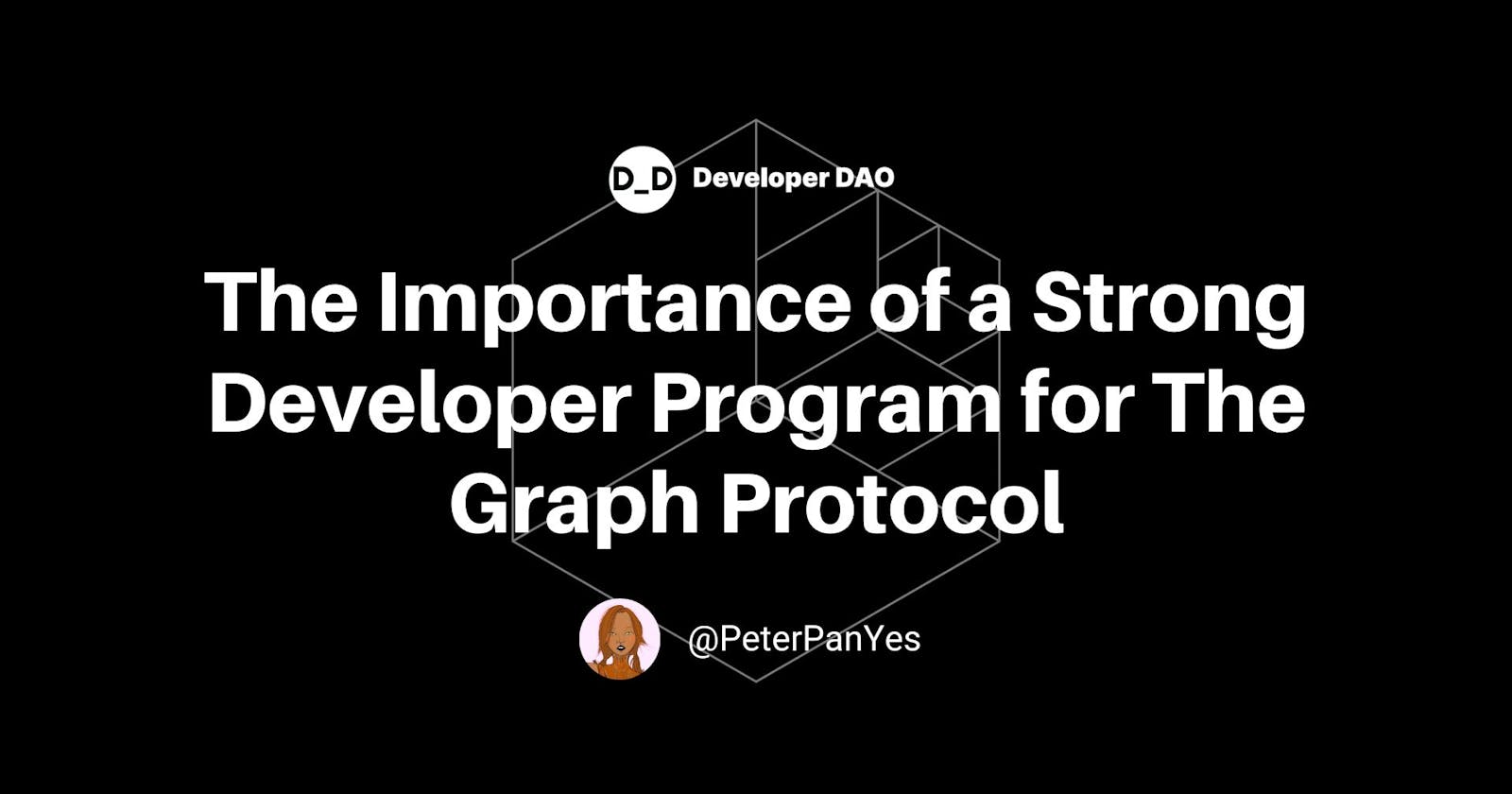As a developer advocate for The Graph, my main goal would be to increase developer adoption and engagement with the protocol and build a strong community of developers contributing to the ecosystem.
A successful developer program involves a combination of quantitative and qualitative metrics to measure the impact of our DevRel efforts. In this article, we will discuss the key metrics and KPIs that we can track to measure the health and growth of the developer community, as well as the strategies we can use to build a solid and engaged developer community.

Metrics and KPIs
To measure the success of our developer program, we will need to track a range of metrics and KPIs that will give us insight into the health and growth of the developer community. Some key metrics that we might track include the following:
Active Indexers and Curators
The Graph ecosystem relies heavily on indexers and curators to provide accurate and reliable data. We would measure the number of active indexers and curators and track their contributions over time.
Subgraph Deployments
Track the number and the quality of deployed subgraphs on The Graph network.
Query Volume
Track the volume of processed queries by the network, which helps to understand the growth of the ecosystem and the demand for its services.
Developer Satisfaction
Measured through surveys and other feedback mechanisms that give insight into how satisfied developers are with our tools, resources, and support.
Community Engagement
We want to build a strong community of developers collaborating, sharing knowledge, and supporting each other. We might track metrics like the number of community members, the number of community events and meetups, and the level of engagement on our social media channels.

Based on these metrics, we can set specific KPIs and targets that we want to achieve for each area of our developer program. For example, if the goal is to increase the number of active indexers and curators by 15% in the next quarter or to deploy 50 new high-quality Subgraphs in the same period. Also, we can set targets for the volume of processed queries, developer satisfaction ratings, and community engagement metrics.
Strategies
To achieve these goals, we will need to have a clear strategy that focuses on growing the developer community and providing the tools, resources, and support that developers need to succeed. This might include the following:
Providing Tools & Resources
Creating high-quality documentation and tutorials that make it easy for developers to start with The Graph.
Providing developer tools and resources, including SDKs, APIs and sample code, that help developers build on the protocol.
Running hackathons, workshops, and other events that allow developers to learn, collaborate, and showcase their work.
Building a strong online community through social media, forums, and other channels, where developers can connect, share knowledge, and get support.
Partnering with other organizations in the ecosystem, such as dApp developers and blockchain startups, to create opportunities for collaboration and cross-promotion.

Building a Developer Community
To grow our developer community, we will focus on several key strategies:
Establishing Guilds to create a sense of community and provide a space for developers to contribute and collaborate
Spending time with users to understand their needs and pain points and to build relationships with them
Providing a safe space for users to interact with each other, such as through forums or Discord channels
Implementing a program to reward active users, such as graphs, graphtronauts, or ambassadors, who can help spread the word about The Graph protocol and encourage others to get involved

Conclusion
The Graph recognizes the importance of building a strong developer community. In this article, we have identified several key focus areas, including documentation, education and support. By creating high-quality documentation and dedicated support, we are providing educational resources. This can empower developers to build on The Graph protocol and contribute to its ecosystem.
Measuring the success of the developer program, we will track a range of metrics and KPIs that will give us insight into the developer community. By doing so, we will understand the community's behaviour and needs. The Graph will gain the ability to identify what needs to be improved, whether in the developer tools or the documentation pages. Also, these metrics can help assess the success of the protocol's marketing and the ability to onboard new developers into Web3 and the Graph ecosystem.
By focusing on these areas and measuring our progress through a range of metrics and KPIs, we can build a strong and engaged developer community that contributes to the success of The Graph ecosystem. We aim to create a community of developers passionate about using The Graph protocol and contributing to its success. By measuring quantitative and qualitative metrics and focusing on community-building strategies, we can ensure that our DevRel efforts are making a meaningful impact.


